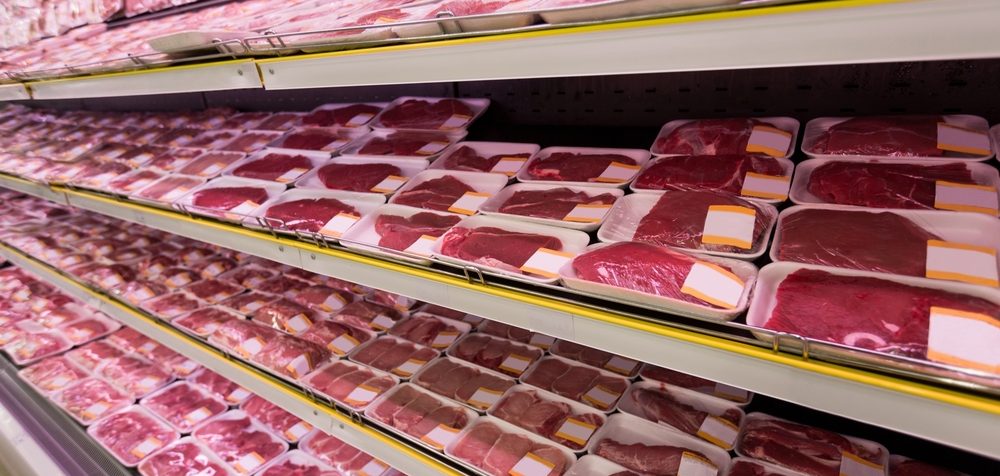
Researchers at Koç University in Turkey have created a “real-time” food spoilage alert sensor. Studies have shown that an estimated 240 million tons of meat is discarded globally each year, with much of this waste generated by grocery stores and in homes. While food spoilage sensors currently exist, they are primarily for lab use, so the team set out to design a sensor that is portable, easy to use, and cheap to produce.
They created a 2 x 2 cm, battery free, polymer patch which can be pasted inside food packaging. The patch can detect changes in meat freshness using a highly-sensitive chemical structure, which changes in response to the presence of biogenic amines, which are compounds that protein-rich products emit as they start to degrade. These changes to the polymer’s structure are converted into an electrical signal in the sensor that’s laminated onto the polymer patch. A cell phone equipped with near-field communication – which enables an exchange of information between two electronic devices – was then used to receive signals about food compounds through an inbuilt wireless antennae.
To test how well the sensor system works, an experiment involving pieces of chicken and beef was set up. The food was monitored by the patch sensors at different temperatures – ranging from below freezing, to 4 °C, and then 20 °C. The experiment demonstrated that the polymer patches were sensitive enough to detect signs of rotting at levels much lower than those at which they become toxic. The sensor was able to not only detect when a food has gone bad, but also to identify a threshold below which food is safe, and beyond which it’s no longer edible.
With this data, a user-friendly mobile app was designed that “is programmed to give a ‘Risky’ error” above a certain threshold measurement. This new technology can currently be produced at scale for less than US$. The team hopes to develop it for use on a variety of other foods along with searching for biodegradable alternatives to the polymer patch to avoid the additional production of plastic packaging.
“The invention will not only provide companies the opportunity of reducing costs but also help consumers tremendously. Once widely commercialized, the device will enable continuous monitoring on shelves and allow users to control freshness right before buying a product or even before consumption at home,” the team stated.
